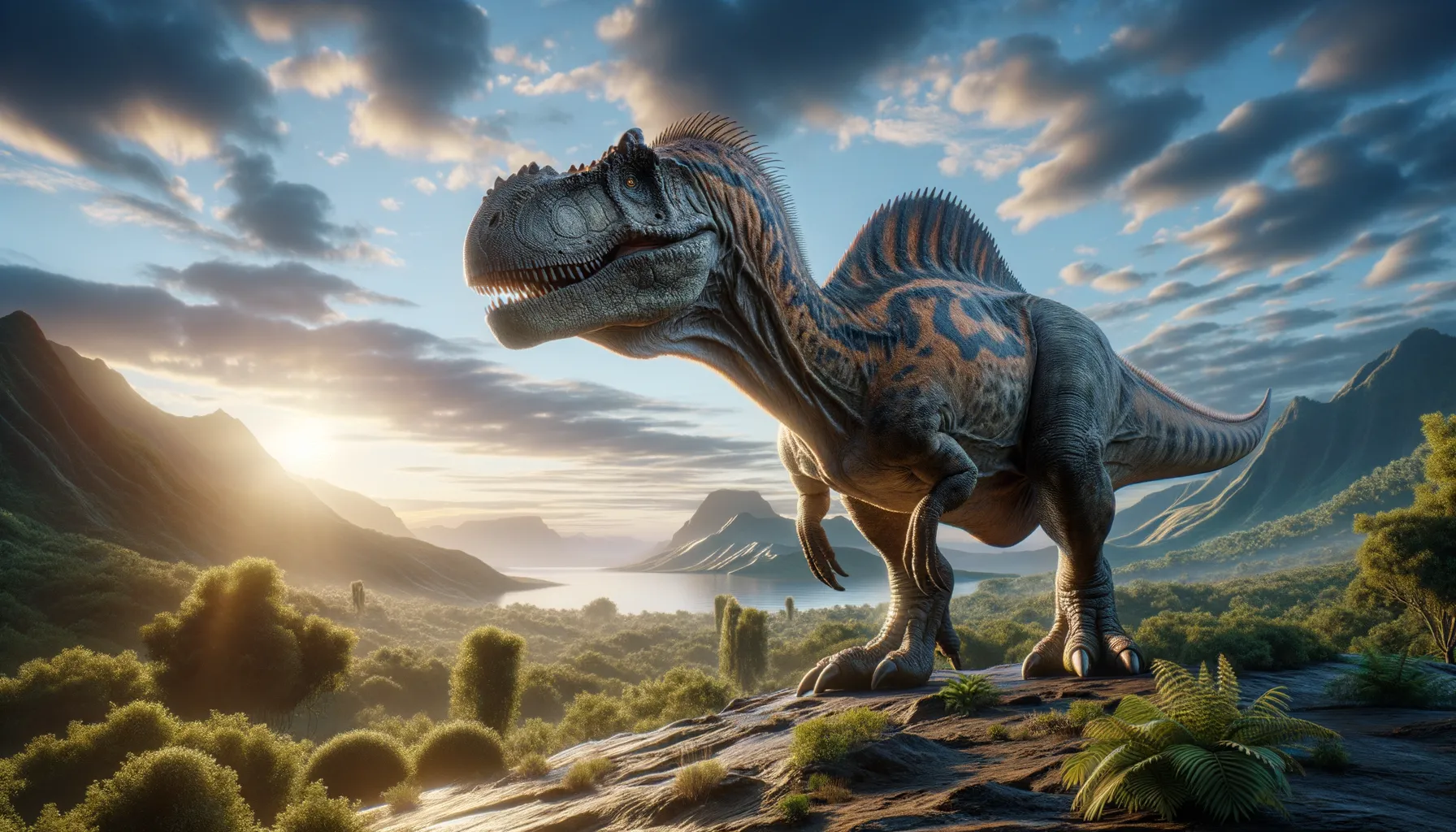
Protiguanodon
Nature's mighty herding herbivore.
Period
Cretaceous
Length
Roughly 8 meters from head to tail.
Height
About 3 meters tall at the shoulder.
Weight
Approximately 2 tons.
Protiguanodon was a medium-sized herbivorous dinosaur known for its characteristic thumb spikes and bulky body. Living during the Cretaceous period, this dinosaur had a beak-like mouth that helped it efficiently bite off plant material. It likely traveled in herds for protection and social interaction, contributing to its survival in various environments.
Diet
Protiguanodon primarily fed on vegetation, using its beak to clip leaves and plant material. Its diet consisted mainly of ferns and other low-lying plants, which were abundant in its Cretaceous habitat.
Hunting
As a herbivore, Protiguanodon did not hunt but was likely cautious of predators. It relied on its large size and thumb spikes for defense against potential threats.
Environmental challenges
Protiguanodon faced challenges from changing climates that could affect plant availability. As its environment shifted, finding consistent food sources may have been difficult. Additionally, it had to contend with new predators as species evolved alongside it.
Speed
Moderate, capable of walking and slow running.
Lifespan
Lived for several decades, like many similar-sized herbivores.
First discovery
The first fossils were identified in the mid-19th century.
Fun Facts
- Protiguanodon was an early relative of the well-known Iguanodon, a duck-billed dinosaur.
- It lived during the Early Cretaceous period, about 140 million years ago.
- Protiguanodon had a beak-like mouth, which it used to clip off plant material.
- Unlike some of its larger dinosaur relatives, Protiguanodon was likely quite small, possibly around the size of a large dog.
- Its fossils have primarily been found in what is now Europe, giving us a glimpse into the prehistoric life in that region.
- Protiguanodon helps scientists understand the evolution of herbivorous dinosaurs.
- Despite its long name, Protiguanodon was probably quite agile and could move quickly if threatened.
Growth and Development
Protiguanodon hatched from eggs, likely cared for in nests by parents. The young grew quickly, requiring ample food to reach adulthood. Juveniles probably relied on herd protection for safety as they matured.
Habitat
Protiguanodon lived in diverse environments, including forests and plains. Its habitat was rich in vegetation, suitable for an herbivorous diet. It adapted to varying climates, showing evidence of regional adaptability.
Interaction with other species
It coexisted with other herbivores and predators, forming complex ecosystems. Living in herds, Protiguanodon had social interactions with its kind and other species. Large groups may have deterred predators, facilitating coexistence.
Natural lifespan
The natural lifespan was decades long, typical for its size.
Reproduction
This dinosaur laid eggs in nests, possibly with communal care. During the breeding season, individuals may have displayed social behavior to attract mates. Hatchlings were vulnerable and likely nurtured by parental attention.
Social behaviour
Herding behavior was crucial for Protiguanodon, offering protection. Social structures allowed for coordinated movement and communication within the group. Dominance hierarchies might have existed, influencing group dynamics.
Fossil locations
Fossils have been found in Europe, mainly in the UK and Belgium. These discoveries highlight its widespread distribution in the region. Fossil evidence from multiple locations provides insight into its adaptability to different environments.
